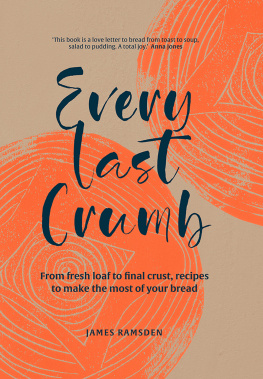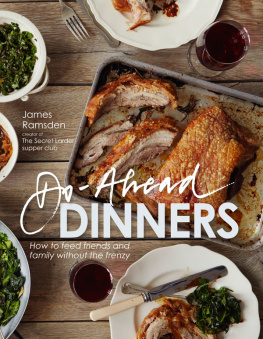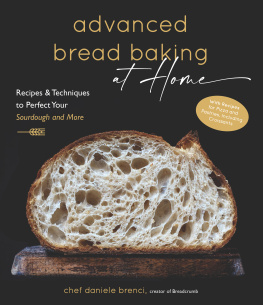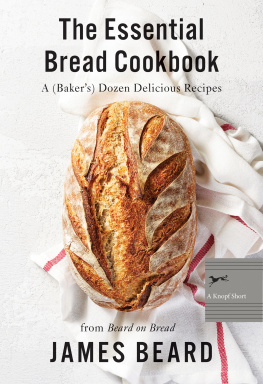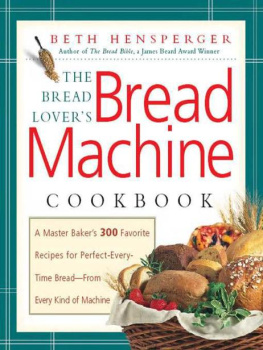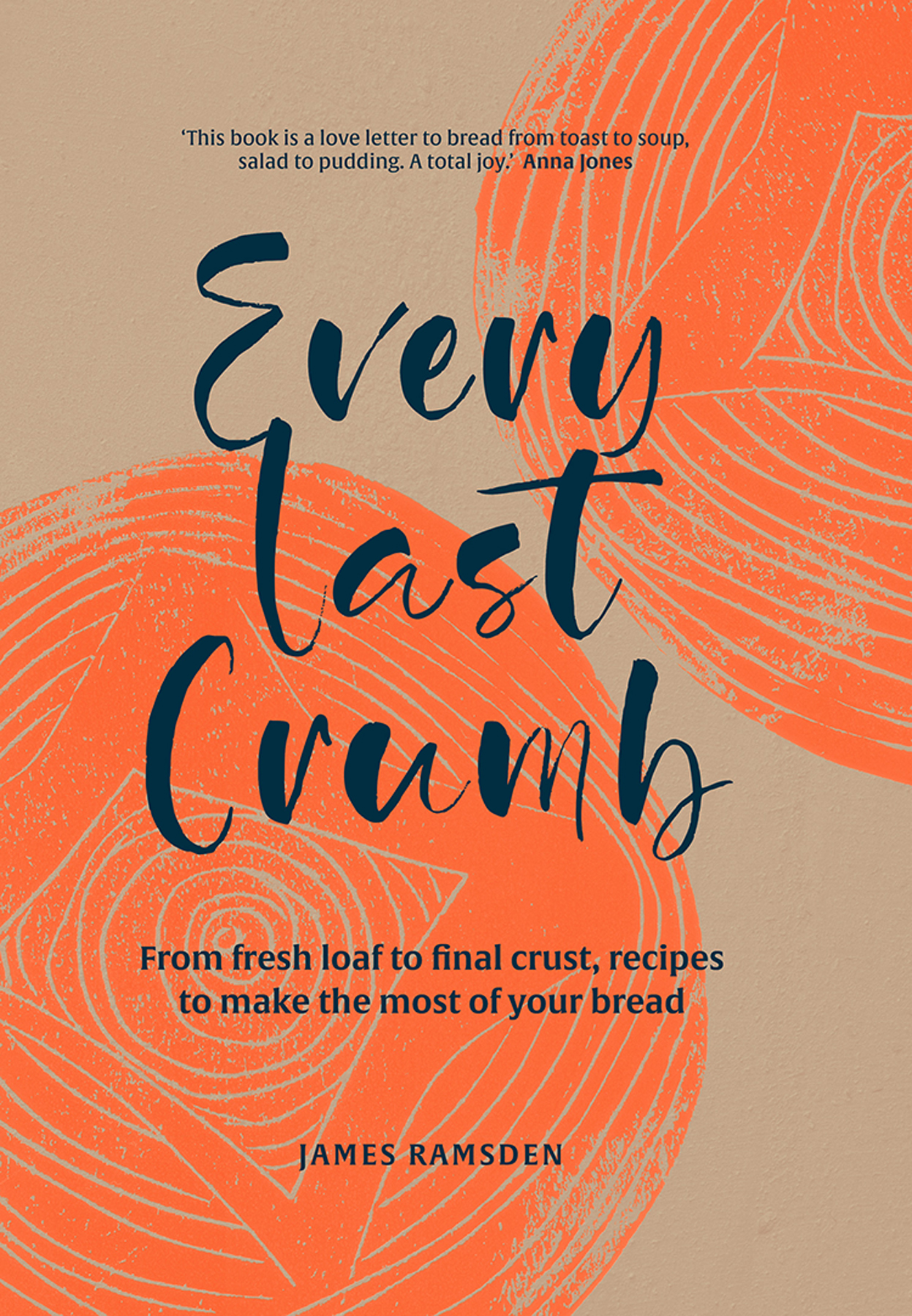James Ramsden - Every Last Crumb: From fresh loaf to final crust, recipes to make the most of your bread
Here you can read online James Ramsden - Every Last Crumb: From fresh loaf to final crust, recipes to make the most of your bread full text of the book (entire story) in english for free. Download pdf and epub, get meaning, cover and reviews about this ebook. year: 2022, publisher: Pavilion Books, genre: Home and family. Description of the work, (preface) as well as reviews are available. Best literature library LitArk.com created for fans of good reading and offers a wide selection of genres:
Romance novel
Science fiction
Adventure
Detective
Science
History
Home and family
Prose
Art
Politics
Computer
Non-fiction
Religion
Business
Children
Humor
Choose a favorite category and find really read worthwhile books. Enjoy immersion in the world of imagination, feel the emotions of the characters or learn something new for yourself, make an fascinating discovery.
- Book:Every Last Crumb: From fresh loaf to final crust, recipes to make the most of your bread
- Author:
- Publisher:Pavilion Books
- Genre:
- Year:2022
- Rating:3 / 5
- Favourites:Add to favourites
- Your mark:
Every Last Crumb: From fresh loaf to final crust, recipes to make the most of your bread: summary, description and annotation
We offer to read an annotation, description, summary or preface (depends on what the author of the book "Every Last Crumb: From fresh loaf to final crust, recipes to make the most of your bread" wrote himself). If you haven't found the necessary information about the book — write in the comments, we will try to find it.
Every Last Crumb is a collection of thrifty, delicious dishes designed to make the most of your bread, minimise food waste, and inspire creativity. Comprising around 80 recipes, each chapter looks at a day in the life of a loaf and offers a variety of exciting ways to use it.
This isnt a baking book. Its an eating book James Ramsden.
Inspired by the traditional cookbooks of yesteryear, Every Last Crumb fuses old-fashioned culinarily resourcefulness with a modern palette to create a giftable book with a zero-waste mentality at its core; from classic sandwiches and bread and butter pudding, to brown bread ice cream and even fermented rye bread beer.
Filled with beautiful line drawings, this nostalgic cookbook offers a retro feel with a broad appeal, in particular for those who consider themselves foodies home cooks and food lovers, amateur bakers, cooks who like variety and novelty, and who occasionally want to step outside their comfort zone.
Taking you through the five day life cycle of the loaf, each chapter offers a range of recipes to suit your loaf, making sure you make the most of your leftovers in the most delicious way. With thousands of people across the nation having rediscovered the joy of baking during lockdown, this is the modern antidote to reducing waste, using the whole loaf and a little culinary ingenuity.
Chapters include:
Day One A Freshly Baked Loaf
Day Two - Toast & Friends
Day Three- Salads & Puddings
Day Four Crusts
Day Five Crumbs
Word Count: 21,008
James Ramsden: author's other books
Who wrote Every Last Crumb: From fresh loaf to final crust, recipes to make the most of your bread? Find out the surname, the name of the author of the book and a list of all author's works by series.

